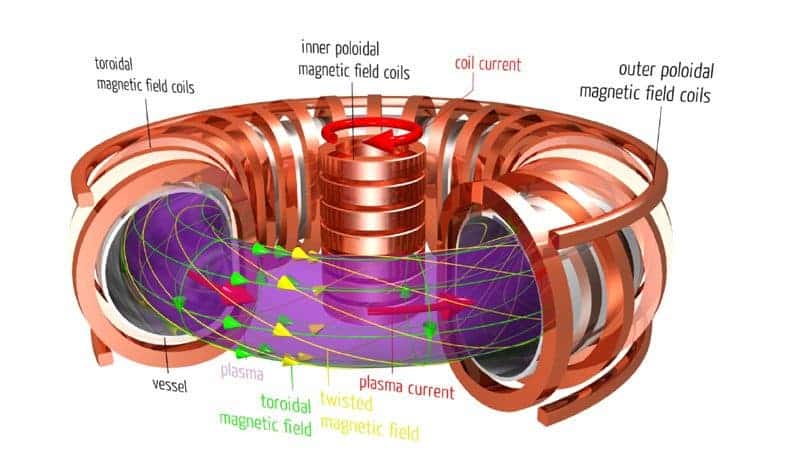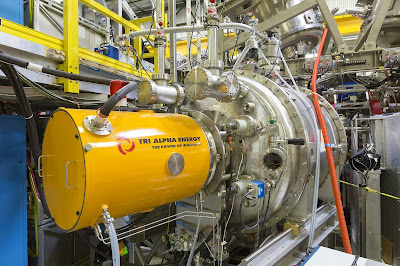7 March 2016
A couple of months ago, I took an online political quiz that classed me as a “liberal libertarian,” a phrase I had not previously heard, possibly because I'm pretty sure there are very, very few of us (most prominent libertarians are socially conservative, and I'm not). As a consequence of my way of understanding the world, on political issues, I both agree and disagree with almost all, if not all, of my friends, on one major point or another. Fortunately, and very much like me, my friends are for the most part a tolerant and independent-thinking lot. Nobody has unfriended me for my outlying political views – to my knowledge, at least.
The above said, there are real-world politicians with whom I am considerably more than 50% in accord, and at the top of my list would be such names as, in Canada, Tommy Douglas (by chance a fiscally conservative socialist; probably my ultimate political hero) and Paul Martin (a fiscally conservative political liberal who advocated and ran balanced budgets), and, in the US, Ron Paul and David Stockman (both somewhat socially conservative libertarians). Internationally, I am very much in accord with the thinking of Muhammad Yunus and Hernando DeSoto, though neither is a politician, per se.
Those I almost never agree with include such diverse persons as Donald Trump on the right (no wonder he keeps failing at business, except during episodes of “bubble” economics), Paul Krugman on the left (who invariably favours more intervention in markets when less is almost always what is needed), and most all extremists of the right and left, from the National Front and the Ku Klux Klan on the right to the Communist Party and the kleptocracies of Venezuela, Zimbabwe and Greece on the left. Oh yeah, I probably have many points of difference with other liberal libertarians.... That's how it goes, isn't it!
In brief, what do I believe?
1. Building and maintaining social and physical infrastructure is the first priority of government (and thus, government is legitimate, in that it acts as an arbiter of competing social interests). This is a focus that is distinct from regulation (governments use regulation to create jobs for bureaucrats, so it always gets overdone everywhere, as bureaucrats seem to exist to create more jobs for other bureaucrats). I also look askance on efforts of government to intervene in most aspects of public affairs, particularly in markets and in establishing or maintaining social norms. I do consider the rule of law to be a legitimate component of infrastructure, based on the principle that all human lives are equally valuable, and also that private property and free trade are the ultimate foundations of social security and financial health.
2. Governments should spend less than they take in – always. The balance should be set aside as a fiscal hedge for unanticipated future events. This also means that government spending is not useful as so-called “fiscal stimulus” (it fails in that respect every single time). However, of the funds that governments spend, the priority should continue to be #1 above – social and physical infrastructure, which means that no one is without food, shelter, the protection of the law, and access to equitable health and educational services.
3. Science is the ultimate arbiter of material truth. Even if science were to come at odds with religion, I would choose science 100% of the time, though this has not stopped me from being religious. There is a very large domain on which science by necessity must reserve judgement, from the randomness of the quantum realm, to the unknowableness of first causes (or, if you prefer, the mysteries of acausaility). Science leaves ample room for the practice of religious faith, in my view. I am a universalist in the sense that whatever creator we all respect or worship in our diverse ways, that must be the very same creator. Thus I strive to be respectful of religious views different than my own, and I shun religious teachings that divide versus unite (which is not to say that I accept religion as a justification for any kind of political oppression).
4. Following from #4 (based on the principle that science yields the best approximation of the truth that is achievable), global warming is real, and the current spike in global mean temperature is caused by human activity. Both climate change and human population growth threaten ecological diversity and the carrying capacity of our planet. However, secondary to this, solutions to ecological problems have to happen in the real world. I'm impatient with my friends who want to tax carbon emissions (that just employs more bureaucrats), shut down pipelines, or otherwise constrain the carbon infrastructure, when we presently require carbon energy to keep our power grid running. Additionally, I'm not “against” renewable power, I just don't regard it as a replacement for carbon. As I'm sure all of my friends know, the fusion scientists are telling us that they're ready to build prototype fusion power generators now. We have spent enough on fracking in North America in the past decade alone to have gotten many competing fusion prototypes up and running by now (honestly, we could have done this – albeit more primitively – 2 or 3 decades ago if we’d been properly focused). I favour continuing to use carbon energy until we get fusion going – it’s just that we need to light a fire under our fusion power development program. As an aside, what an opportunity it would be for Canada to choose to be the global leader in fusion power development. (My interest in space exploration is entirely apart from the issue of our threatened global habitat, except that having non-Earth settlements is a safeguard against catastrophes in a universe that is catastrophic in its very nature.)

5. I could go on from here. For example, I think problems in public morality (for example, the “right to life” issue, which is an example of a social problem that lacks any kind of “ideal” solution) should be settled by a “marketplace” of private donations, outside the government sphere. Thus, the best ideas could compete for the most charitable donations. In my ideal world, government would be small enough that the private charitable sphere could be much larger and healthier than it is today. Regarding taxation, I favour a simple flat tax. Everybody would pay 17% (or so) on all income, from the poorest to the richest, and there would be no deductions or complicated tax codes (though there would be social infrastructure to safeguard the poorest). Government revenue collection departments could thus be all but shut down. I regard foreign military intervention as the most likely to fail of all international actions we can take, and thus reserve military deployment primarily for cooperative and multimodal international responses to the systemic victimization of vulnerable peoples, particularly in situations of lawlessness. I favour keeping other countries liveable over bringing people here (though that is a last resort for humanitarian reasons), and observe that most of the world’s current hotspots are unstable precisely because of excessive past military interventions (including weapons trading). Specifically, we had no business attempting to undermine the Russians in Afghanistan, Saddam in Iraq, Qaddafi in Libya, Assad in Syria, and so on. I would terminate the war on drugs immediately and fund addiction treatment as a component of social infrastructure. Nor would I populate the prisons with persons involved in the drug trade (which would cease to be profitable with decriminalization).

I also believe that good infrastructure has many secondary economic advantages. For example, in Canada, if the TransCanada Highway were divided (dual) coast to coast, we’d be dealing with lower accident and injury rates. I would also prioritize the completion of a real coast-to-coast TransCanada Trail, suitable for walking, skiing and biking every foot of the way across the country. Not only would that boost tourism, it would strengthen Canada’s relations with the people of other nations. With that, I’ll leave it here, for now….
_






























